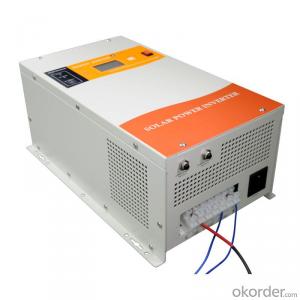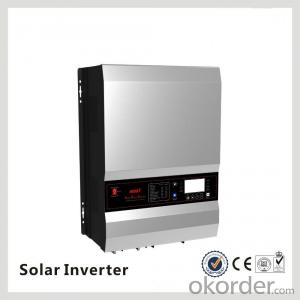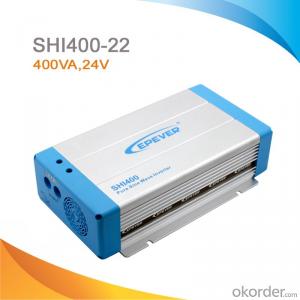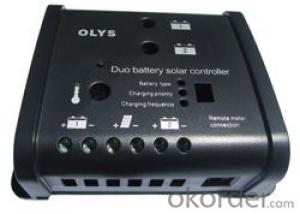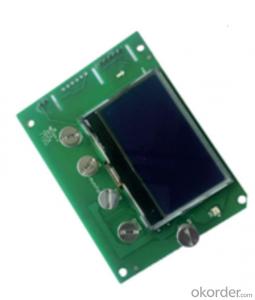Rv Solar Power Inverter
Rv Solar Power Inverter Related Searches
Home Power Inverter For Solar Solar Power Inverter For House Solar Power Inverter For Rv Inverter Ac With Solar Panel 100w Solar Panel With Inverter Solar Panel Kit With Inverter Rv Solar System With Inverter Solar Panel With Inverter Solar With Electric Inverter Inverter With Battery SolarHot Searches
Type Of Inverter For Solar Types Of Inverter For Solar Used Solar Inverter For Sale Inverter Size For Solar System Solar Edge Inverter For Sale 5kw Solar Inverter For Sale Solar Inverter For Sale Solar Inverter For Battery Solar Inverter For Split Ac Solar Inverter For Laptop Solar Inverter For Fridge Solar With Inverter Price Solar Inverter With 2 Battery Solar Inverter Price In China Best Solar Inverter In China Solar Inverter Price In Dubai Solar Inverter Price In Uae Solar Inverter Price In Kenya Solar Inverter Price In Kerala Type Of Inverter For SolarRv Solar Power Inverter Supplier & Manufacturer from China
Okorder.com is a professional Rv Solar Power Inverter supplier & manufacturer, offers integrated one-stop services including real-time quoting and online cargo tracking. We are funded by CNBM Group, a Fortune 500 enterprise and the largest Rv Solar Power Inverter firm in China.Hot Products
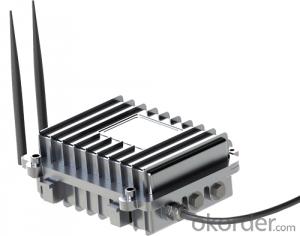
Internet of Things Wireless Centralize Controller Remote Monitor System MPPT Solar Charge Controller
FAQ
- In order to determine the appropriate battery size for a solar controller, there are several key factors that need to be taken into consideration. Here is a step-by-step guide to help you calculate the required battery capacity: 1. Start by calculating the total energy consumption of the devices or systems that will be powered by the solar controller. This can be done by identifying the power consumption (measured in watts) and the daily usage (measured in hours) of each device. 2. It is important to account for energy losses that occur during the conversion and storage process. Consider the efficiency ratings of the solar panels, charge controller, and battery. It is recommended to include a buffer of 10-20% to compensate for these losses. 3. Multiply the power consumption of each device by the daily usage to calculate the daily energy requirement for each device. Add up these values to find the total daily energy requirement. 4. Determine how many days you want your system to operate without sunlight. Multiply the daily energy requirement by the number of days of autonomy to calculate the total energy storage needed. 5. Take into account the efficiency rating of the battery, which is typically around 80-90%. Divide the total energy storage needed by the battery efficiency to determine the required battery capacity. 6. It is crucial to consider the maximum depth of discharge (DoD) that is acceptable for your battery type. Avoid completely discharging the batteries as it can reduce their lifespan. Multiply the required battery capacity by the reciprocal of the DoD (e.g., 50%) to get the minimum recommended battery capacity. 7. To ensure optimal performance and accommodate any unforeseen factors, it is advisable to add a safety margin of 10-20% to the calculated battery capacity. By following these steps and considering the various factors involved, you can accurately calculate the required battery capacity for your solar controller. Remember to consult the manufacturer's specifications and recommendations for your specific solar controller and battery type to ensure precise calculations.
- Yes, a solar controller can be used with a solar-powered billboard. A solar controller is designed to regulate the flow of electricity from the solar panels to the battery storage system, ensuring optimal charging and preventing overcharging. In the case of a solar-powered billboard, the solar controller would help manage the power generated by the solar panels, ensuring efficient operation and storage of excess energy for use during low-light conditions or at night.
- Yes, a solar controller can be used in a solar-powered water desalination system. The solar controller is responsible for regulating and optimizing the energy flow from the solar panels to the system, ensuring efficient operation and protecting the batteries from overcharging or discharging. In a solar-powered water desalination system, the solar controller would play a crucial role in managing the energy supply to power the desalination process, making it an essential component for effective and sustainable operation.
- The typical warranty period for a solar controller ranges from 1 to 5 years, depending on the manufacturer and the specific model.
- The maximum voltage drop allowed between the solar panels and the solar controller depends on the specific system and its components. Generally, it is recommended to keep the voltage drop below 2% for efficient operation. However, this value may vary depending on factors such as the distance between the panels and the controller, the size of the system, and the type of wiring used. It is important to consult the manufacturer's specifications and guidelines for the solar panels and controller being used to determine the maximum acceptable voltage drop.
- The maximum self-consumption of a solar controller refers to the amount of energy it can use from the solar panels for its own operations. Typically, this value is quite low, ranging from 5-20 watts, as the main purpose of a solar controller is to regulate and optimize the energy flow from the panels to the battery or grid, rather than consume it.
- The temperature range of a solar controller can differ based on the particular model and maker. Nonetheless, in general, majority of solar controllers are engineered to operate within a temperature range of -20°C to 60°C (-4°F to 140°F). This span guarantees that the controller can work effectively in both frigid and scorching climates. It is worth mentioning that extreme temperatures, particularly towards the upper limit of the range, can impact the efficiency and performance of the solar controller. Consequently, it is advisable to install the controller in a well-ventilated location and refrain from subjecting it to direct sunlight or intense heat sources for extended periods.
- The primary functions of a solar controller, which can also be referred to as a solar charge controller or regulator, involve the regulation of the solar panel system's charging process and the safeguarding of the batteries against overcharging or discharging. 1. Charging Regulation: The solar controller guarantees that the batteries receive the ideal amount of energy from the solar panels. It continuously monitors the solar panels' voltage and current and makes necessary adjustments to the charging parameters, thereby maximizing the efficiency of the charging process. 2. Overcharge Protection: Preventing the batteries from being overcharged is a critical role fulfilled by the solar controller. Upon reaching full charge, the controller redirects the surplus energy from the solar panels to a dump load or halts the charging process altogether, effectively shielding the batteries from potential damage caused by overcharging. 3. Battery Discharge Protection: The solar controller also prevents the batteries from discharging beyond a specific threshold. By monitoring the battery voltage, it automatically disconnects the load from the batteries if the voltage drops below a predefined level. This precautionary measure helps extend the battery lifespan by preventing excessive discharge. 4. Load Control: Some solar controllers offer the added capability of load control. They regulate the power output to connected loads such as lights or appliances, ensuring they receive an appropriate amount of power without excessively draining the batteries. 5. Monitoring and Display: Many solar controllers come equipped with monitoring features that provide valuable information such as battery voltage, charging current, solar panel output, and system status. This enables users to easily monitor their solar system's performance and make any necessary adjustments. Overall, a solar controller plays a vital role in ensuring the efficient and safe operation of a solar panel system. It accomplishes this by regulating the charging process, protecting the batteries, and providing monitoring and control capabilities.

















